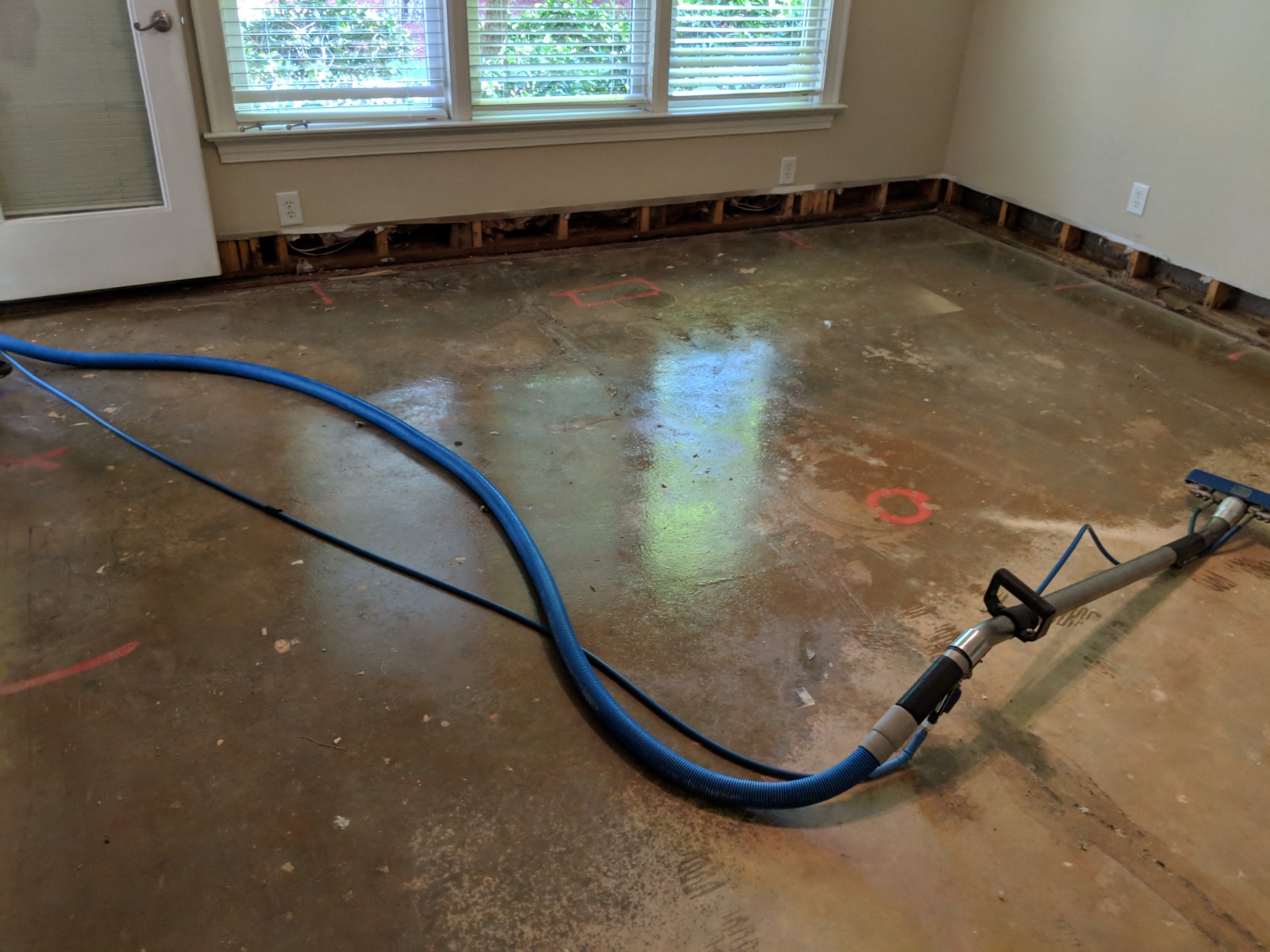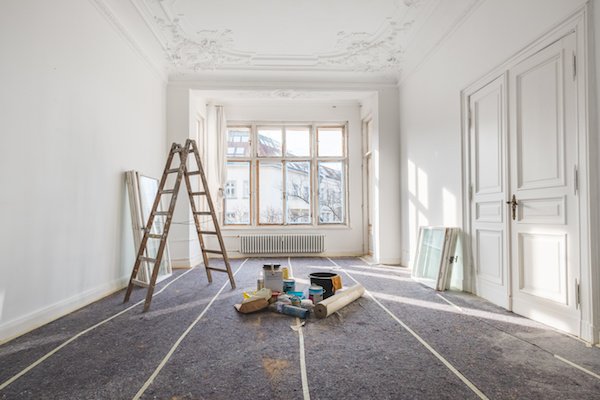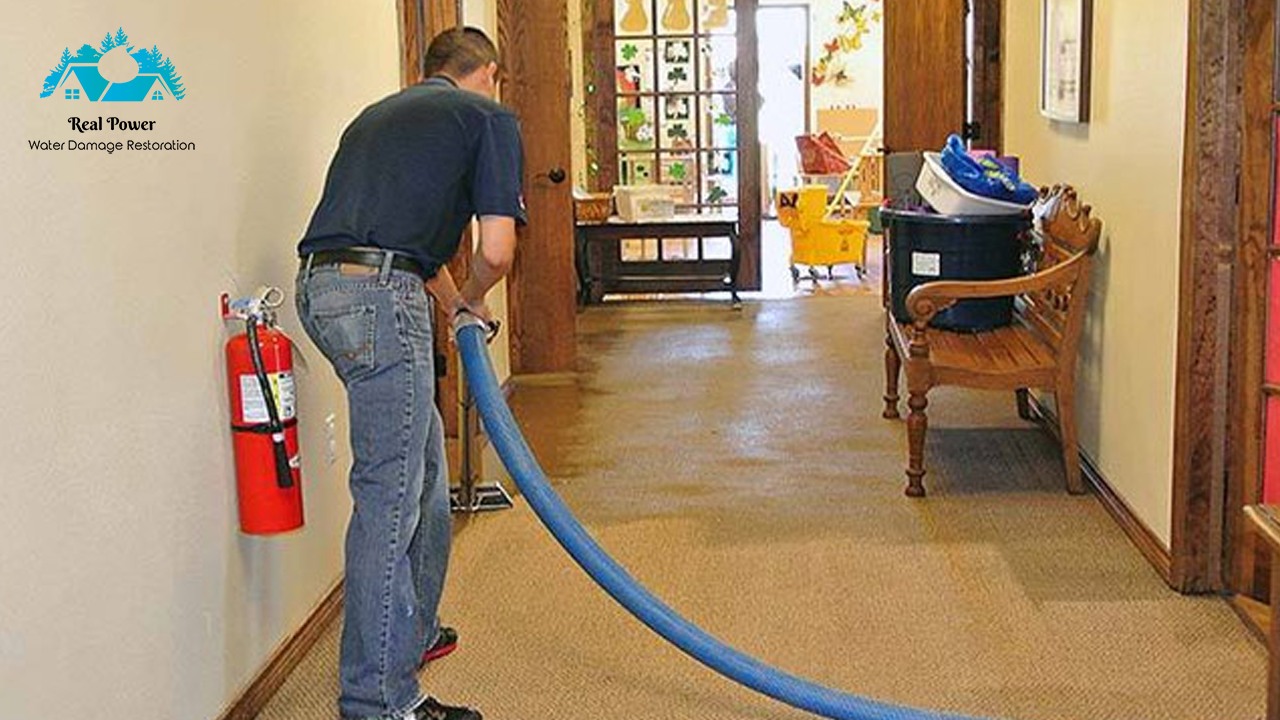Professional Leak Detection Philadelphia: Guarding Your Residential Property Against Water Damage
Emergency Situation Water Damage Reconstruction: Swift Response to Minimize More Damage
What specifically does emergency water damage restoration require? By comprehending the seriousness and extensive nature of this procedure, you will obtain beneficial understandings right into just how professionals deal with emergency situation water damages, ensuring a swift and efficient action.
Significance of Swift Feedback
Swift action is of utmost value in water damages reconstruction to minimize additional damages and reduce prospective risks. When water damages happens, whether because of a burst pipeline, an all-natural disaster, or any type of various other unforeseen occasion, time is essential. The longer water rests in a structure, the even more damages it can trigger. This is why it is important to act quickly and successfully to get rid of the water and start the remediation procedure.
One of the primary factors speedy action is vital in water damage reconstruction is to stop the growth of mold and mildew and mold. Mold not just triggers additional damages to the framework of the building yet also poses health threats to passengers.
Water damages can be devastating, especially when it affects individual items of financial or sentimental worth. Acting promptly allows specialists to evaluate the damages and apply suitable repair strategies to salvage as much as feasible.
Evaluating the Extent of Damage

During the analysis, reconstruction specialists thoroughly analyze the afflicted area to determine visible indicators of damages, such as water stains, deformed materials, and mold development. They likewise utilize specialized devices to spot hidden damages, such as moisture meters and thermal imaging cams. This thorough assessment enables them to precisely identify the degree of the damages and establish a tailored remediation plan.
Due to the fact that it assists professionals prioritize their initiatives,Evaluating the degree of water damages is essential. They can recognize locations that need instant focus, such as standing water elimination and drying out, to stop further damages and decrease the danger of mold and mildew development. They can likewise establish the areas that need repair services or substitute, ensuring that no damages goes unnoticed or unattended.

Water Removal and Drying Out Refine
The water removal and drying out procedure is a vital action in water damages repair, as it includes the removal of excess water and the thorough drying out of the damaged area to avoid more damages and alleviate the danger of mold and mildew development. After assessing the extent of the water damage, the next step is to extract the water from the damaged location. This is typically done making use of specialized equipment such as dehumidifiers, pumps, and vacuum cleaners. These tools are developed to efficiently and properly remove water from various surfaces, including floorings, wall surfaces, discover here and carpets.
This action is crucial in protecting against secondary damages, such as structural damage and the development of mold and mildew and mold. The drying out procedure might take several days, depending on the extent of the water damage and the products included.
It is necessary to guarantee that the affected click reference area is completely dry before continuing with any type of repair services or repair. Failure to completely dry the location can cause long-lasting problems, consisting of damaged structures, mildewy smells, and the growth of mold and mildew and mildew. Therefore, professional water damages remediation firms employ moisture detection devices to ensure that the afflicted area is entirely dry prior to proceeding to the next step.
Mold Avoidance and Remediation
Effective mold prevention and remediation are vital in water damage repair to guarantee the safety and stability of the damaged area. water damage restoration philadelphia. When water damage takes place, whether from a ruptured pipeline, flooding, or a dripping roofing system, it creates an optimal atmosphere for mold and mildew growth. Mold and mildew can start to develop within 24 to 2 days after water damages, and if left neglected, it can spread out swiftly and cause serious health risks
To protect against mold and mildew growth, it is essential to address water damage without delay. The very first step is to repair the source and identify of the water intrusion.
In situations where mold and mildew development has actually currently taken place, removal is necessary to eliminate the mold and mildew and stop its return. This entails the mindful elimination and disposal of damaged products, such as drywall or carpeting, to make certain that all traces of mold and mildew are gotten rid of. It is very important to note that mold removal should be carried out by professionals who have the needed training and tools to securely remove and handle mold.
Bring Back the Affected Area

First of all, it is vital to extensively dry the location to stop any more damage and to prevent the growth of mold and mildew and mildew. This may include the use of specialized drying devices, such as dehumidifiers and industrial-grade followers, to eliminate all dampness from the damaged surface areas.
As soon as the location is entirely dry, the reconstruction procedure can start. This might include fixing or changing damaged structural elements, such as flooring, drywall, or ceiling floor tiles. It is very important to deal with any underlying issues that might have caused the water damages, such as leaky pipes or defective pipes, to stop future cases.
Furthermore, recovering the damaged area may also include painting wall surfaces, changing damaged components, and extensively cleansing and sterilizing visit the area. This guarantees that not just is the location structurally audio, yet it is likewise visually pleasing and risk-free for occupancy.
Verdict
In verdict, speedy response is vital in decreasing additional damage triggered by water emergency situations. Analyzing the level of damage enables effective water extraction and drying processes to be carried out. Additionally, mold and mildew avoidance and removal are important in bring back the afflicted area. Overall, prompt action and comprehensive repair measures are crucial to alleviating the adverse impacts of water damage.
Swift response is of utmost importance in water damage reconstruction to reduce more damages and mitigate possible risks.Throughout the analysis, restoration professionals thoroughly take a look at the damaged location to determine visible signs of damages, such as water spots, distorted products, and mold and mildew development.The water removal and drying out procedure is a critical action in water damages restoration, as it involves the removal of excess water and the detailed drying of the affected area to avoid additional damage and reduce the danger of mold growth. After evaluating the extent of the water damage, the next action is to remove the water from the affected location.Reliable mold and mildew avoidance and removal are essential in water damage restoration to ensure the safety and integrity of the affected area.